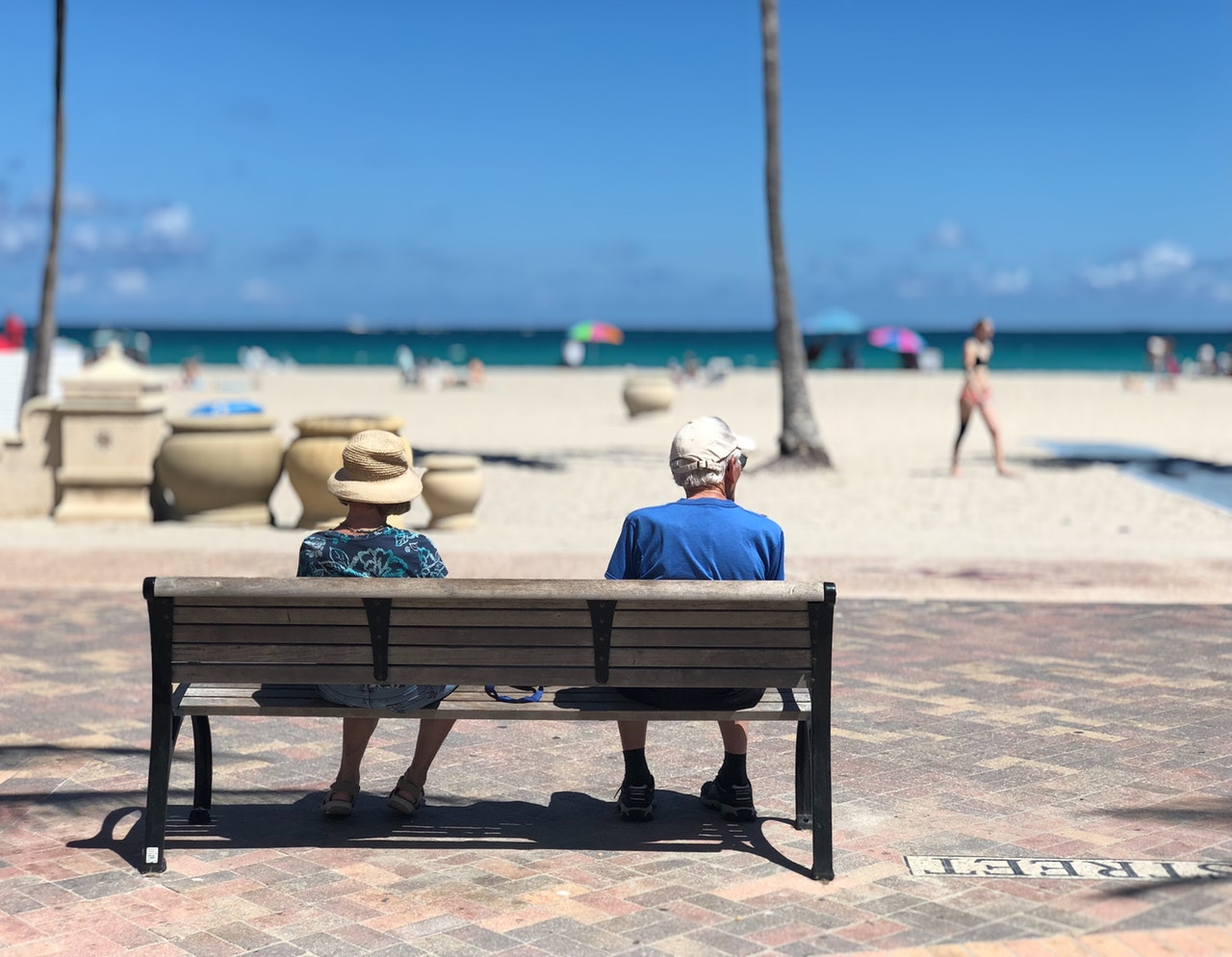There are plenty of reasons why many people today aren’t financially prepared for retirement and question whether or not to sell your home when you retire. Americans are living longer, so they have to stretch their savings further, and the pensions that helped previous generations have largely vanished. But that doesn’t mean it’s time to panic quite yet. Many on the cusp of retirement do have one source of cash that could help them close the gap between what they have for retirement and what they’ll need to live well: their home. In fact, the majority of senior Americans have more money in home equity than they do in their retirement portfolios, according to an analysis last year by the Center for Retirement Research at Boston College. So how much cash are you sitting on, anyway? To figure out your home equity, subtract the amount you owe on your mortgage from the current market value of your property. Next, to see whether you’ll need that money in retirement, plug your other info (excluding the value of your home equity) into a retirement calculator, then see whether you’ll be able to comfortably live without it. If it looks like you’re going to have to tap your equity, you’ll want to make a plan for the best way to do so. Here, Realtor.com offers five options and the benefits of each.
-
Sell and move
This is probably the first thing retirees think of doing with their home, and for good reason: Many retirees feel liberated after shedding their excess stuff to move to smaller digs. By selling and moving to a less expensive house or region, you’ll not only bolster your portfolio with the proceeds, you’ll also lower your monthly expenses. And if you move to a condo or apartment, you won’t have to deal with external home-maintenance issues anymore.
-
Open a HELOC
If you have enough cash to cover your day-to-day needs but no cushion for unexpected expenses, such as medical bills, a home equity line of credit can serve as an emergency fund. You get to stay in your home. You’ll have to pay only the interest on the amount you use during the draw period, typically 10 years. Interest rates are so low now that those payments will be pretty minimal.
-
Use a reverse mortgage
A reverse mortgage allows you to tap your home’s equity but is different from a HELOC in that you don’t have to pay it back until you move or pass away. Unlike a HELOC, which is good for short-term borrowing, a reverse mortgage gives you cash for the long haul in the form of monthly checks.
-
Become a landlord
It may not be a huge investment to turn part of your home into an apartment with its own kitchen, bathroom, and entrance. Or, you can rent out your entire home for all or part of the year, rent a smaller unit yourself and pocket the difference. You can cover or offset your housing costs with rental income—and postpone selling your home for longer.
-
Do a sale/leaseback to your kids
If passing the family home to your children is important to you, you may be able to sell it to them now and then pay rent so that you can continue living there. You get to stay in your home and ensure that it remains in the family.

